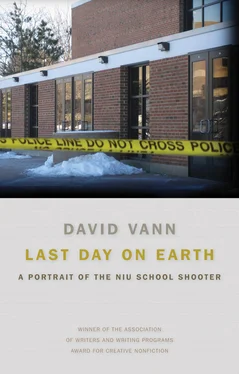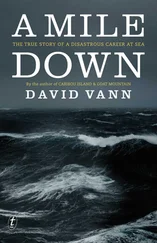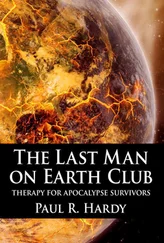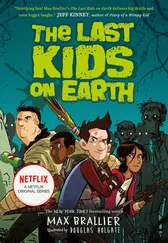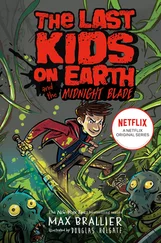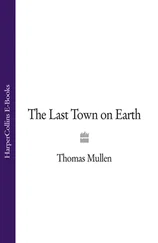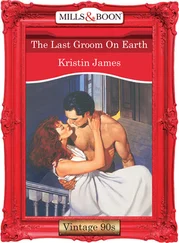Steve will have to wait two weeks to enlist, and he hates waiting, but then 9-11 happens, so this keeps him busy. Better than Columbine, in a way, everyone talking about it. The camera angle for the Pentagon plane is odd. It seems staged. And where is all the wreckage, all the debris? It’s an 80-ton plane. What are they hiding?
He’s officially enlisted September 20, shipped off to Fort Sill, Oklahoma, for basic. This will become the happiest time of his life so far.
Steve doesn’t get along with his bunkmate, but he loves everything else about the Army. All this structure, all the order. You can imagine how great a relief it must be from his OCD. No more insomnia. No more struggle to get up. No more worry about what to do with the day. Every minute is planned for him. He runs and runs and runs.
Every one of them a maggot, every one of them the same. No more worry about what others will think. No one is thinking anything about him. No minds to read because their minds are beaten flat. He keeps his locker neat, checks everything three times, wins praise for this. Obsessive compulsive disorders are a good thing here.
They train him how to shoot, how to kill without feeling anything. No emotional or psychological response, that’s what they’re looking for, and he can do this. He tells Jessica and his best friend “Mark” about it, even years later. A point of pride. “He did say that the military does desensitize for killing,” Mark says. “He did say that. We talked about it a couple different times. It probably came up in our conversations about Columbine and whatnot. But he just said that the military desensitized. He’s like, ‘I’ve been trained to kill someone and not have the psychological effect. Don’t think of them as a person.’ So it does tie in directly. He did tell me that.”
In the Army, Steve’s not supposed to question anything. If you think about right or wrong, if you worry about morality or ethics or who you are or who they are, this could slow your trigger finger. It could break the chain of command. It could get your buddies killed, and it’s mutiny, treason, traitorous. Don’t think. Just kill when you’re ordered to kill. He loves this, can’t wait to kill some “ragheads.”
The land is flat here, endless in all directions, and the inside of his mind feels like this for the first time, open, stretching on and on, a kind of wind that’s blown all the anxiety away.
THE MILITARY HAS TRAINEDmost of our mass murderers, including Charles Whitman, the Texas tower shooter who killed fourteen and wounded thirty-one in 1966, the year I was born. He invented the school shooting, really, though he also murdered his mother and wife first, not limiting himself to school.
The military trains all its troops to kill without feeling anything, and so we should fear every American who has served in the military. But they aren’t the only ones we have to fear, unfortunately. Eric Harris and Dylan Klebold of Columbine were high school killers bred from a gun culture that comes at least partly from hunting.
My own earliest memories are of guns and hunting. This was Ketchikan, Alaska, 1970, timber wolves slung across the bow of my father’s boat, trapped and shot. Antlers I found in the rain forest behind our house, moose and mountain goat and Dall’s rams that my father felt were too small to keep. Running through that rain forest at four years old, I imagined I was being chased by bear or wolf, sometimes falling through the false second floor of branches and ferns and decay, disappearing completely, climbing back out in panic. Always holding a toy gun or even just a piece of wood shaped like a gun.
At six or seven, in Northern California, my father finally gave me a Sheridan Bluestreak pellet rifle, powerful enough to kill squirrels if I hit them behind the shoulder. The giving of the gun was a ritual, my father’s pride and pleasure as he showed me how to pump the gun, how to pull back the bolt. He even read a poem from Sturm, Ruger & Co. about a father and son, used it to teach me safety: never point a gun at anyone, always assume a gun is loaded but never leave a gun loaded, always keep the barrel pointed down. This was very soon after he and my mother had divorced, and we had only the weekends now. Roaming his ninety-acre ranch near Lakeport, California, one of those weekends, I didn’t realize the rifle was pumped and loaded, and it fired as I walked. Luckily the barrel was pointed at the ground. But my father turned around, the disappointment clear on his face, and my shame was nearly unbearable.
The next year, when I was eight, he gave me a 20-gauge shotgun for hunting dove and quail. It made the squirrels easy, too, though I had some bad moments, shot a squirrel high up in the trees once, only wounded, and it actually screamed as it leaped from branch to branch. I shot twice more, but the single-shot gun was slow and the squirrel kept getting farther away and just kept screaming, in terrible pain. For some reason, though, this didn’t turn me away from guns but felt like part of the grim reality of growing up, inevitable, as if this type of experience were a given that couldn’t be turned away from. As if we were put here to hunt and kill, and the only true form of a day was to head off with a gun and a dog, hike into the hills for ten or twelve hours, and return with meat and stories. That shotgun became an extension of my body, carried everywhere, the solid heft of it, cold metal, a sense of purpose and belonging. I gazed at it in the evenings, daydreamed of it during the week at school, looked forward to when I’d head out again.
When I was nine my father gave me a.30-.30 Winchester lever-action carbine, the rifle used in all the westerns, and he went down on one knee when he presented it to me, holding it in both hands, as if it were a ceremonial sword. “This is the rifle I learned on,” he said. “This is what we pass down through the family. The rifle I hunted with when I was a boy, the rifle I shot my first buck with, the rifle you’ll shoot your first buck with. It’s a good gun, an honest gun, with only a peep sight, no scope. You won’t be shooting long range, and you’ll need to hit the buck behind the shoulder.”
He moved back to Alaska then, and when I visited, we flew into a remote lake by float plane, camped on a glacier, and slept with our rifles loaded, a shell in the chamber, beside our sleeping bags. “If a bear comes,” he told me, “the bullet from a.30-.30 will only bounce off his skull or bury in his chest and not do anything. You’ll have to hit him in the eye or in the mouth if he roars.” There was no moon. We were the only humans for a couple hundred miles, and I lay awake imagining the bear attacking my father in the middle of the night while I tried to sight in on an eye in the darkness. This felt like the nature of our relationship: I saw him only during vacations now, and he would give me tasks that felt impossible, including making up for lost time. We were supposed to cram half a year into a week.
I shot my first buck at eleven. A rainy weekend in September 1978, on the White Ranch, our 640-acre hunting spread in Northern California. A two-hour drive from civilization, it was the entire side of a mountain, with high ridges, enormous glades, pine groves and springs, ponds and switchbacks, an old burned area, and even a “bear wallow.” Our entire male family history was stored in that place. As our Jeep pickups crawled along the fire roads, my father and uncle and grandfather would tell me the stories of past hunts. The creek where Gary Lampson stepped on a small sleeping black bear. The stand of trees where my uncle once shot a spike — a buck with only one point on each side of its antlers, too young, illegal — wounded it, and then couldn’t find it. Places of triumph and shame, places where all who had come before were remembered. All of our family, all of our family’s friends.
Читать дальше
